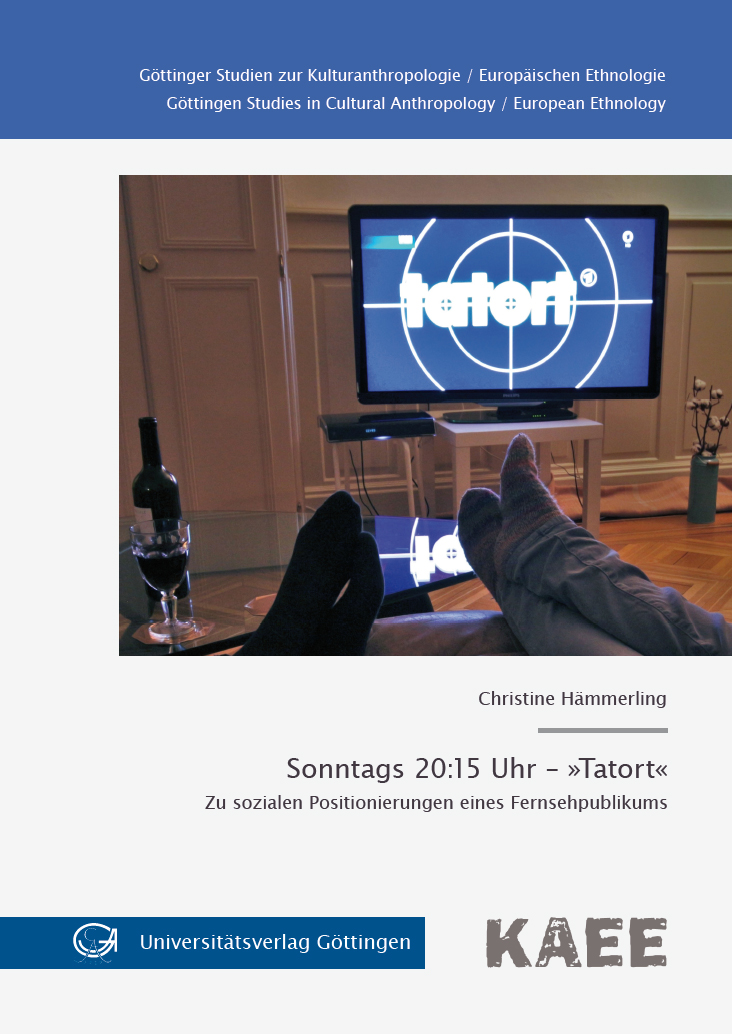Watching television plays an important role in our daily lives. Especially serial narratives like the popular German police procedural Tatort (FRG, since 1970) bear great potential to catch and keep their viewer’s interest. Analysing the integration of the long running TV series Tatort into its viewers’ weekly routines, this study investigates movements in the realm of what is called ‘social positioning’. In online fora, in discussions or while watching the latest episode, television audiences share their impressions. They compare inspectors and crime sites and express their views upon socio-political debates. At the same time watching series for many is a deeply social activity. The series helps its viewers to get together with friends, partners or the family on a regular basis, others enjoy sharing their viewing experience in social networks. Together they laugh or discuss the issues that are brought up by the police investigation. The practice of watching Tatort thereby provides a wide range of possibilities to act upon one’s perspective on how the social world is structured. The ethnographic approach towards practices of social positioning is based upon participant observations in viewing situations over three years, 43 semi-structured narrative interviews, as well as an online ethnography concentrating on Facebook and the fan page Tatort-Fundus. This approach allows for two kinds of findings: Current perspectives on ‚the cultural other‘ as a figure that is bound to situational practices of positioning are enlightened by comparisons to fictional criminals and investigators as well as representations of social, professional and ethnic groups in Tatort. On a more theoretical level, the ethnographic insights on biographies, viewing situations, and practices in between the episodes call for corrections of the still persistent model of taste as a reliable indicator of people’s standing in society. Instead, the study points out the importance of situational and serial acts of positioning. Watching Tatort is a cultural practice with much variation. Still, how its viewers deal with Tatort as a narrative as well as a cultural practice is linked to a set of discursive fields. Describing the practice of watching Tatort as bound to activity/passivity, pleasure/critique, tension/relaxation, real/unreal, entertainment/information, and femininity/masculinity as well as to German/not-German reveals that all of these oppositions are continuously under negotiation. And Tatort viewers are usually positioned in-between.
Bayerisches Jahrbuch für Volkskunde, 2017, S. 220-221
Publikationstyp: Hochschulschrift
Sparte: Universitätsverlag
Sprache: Deutsch




